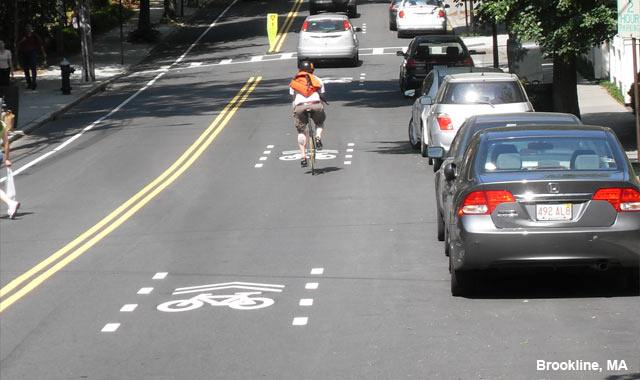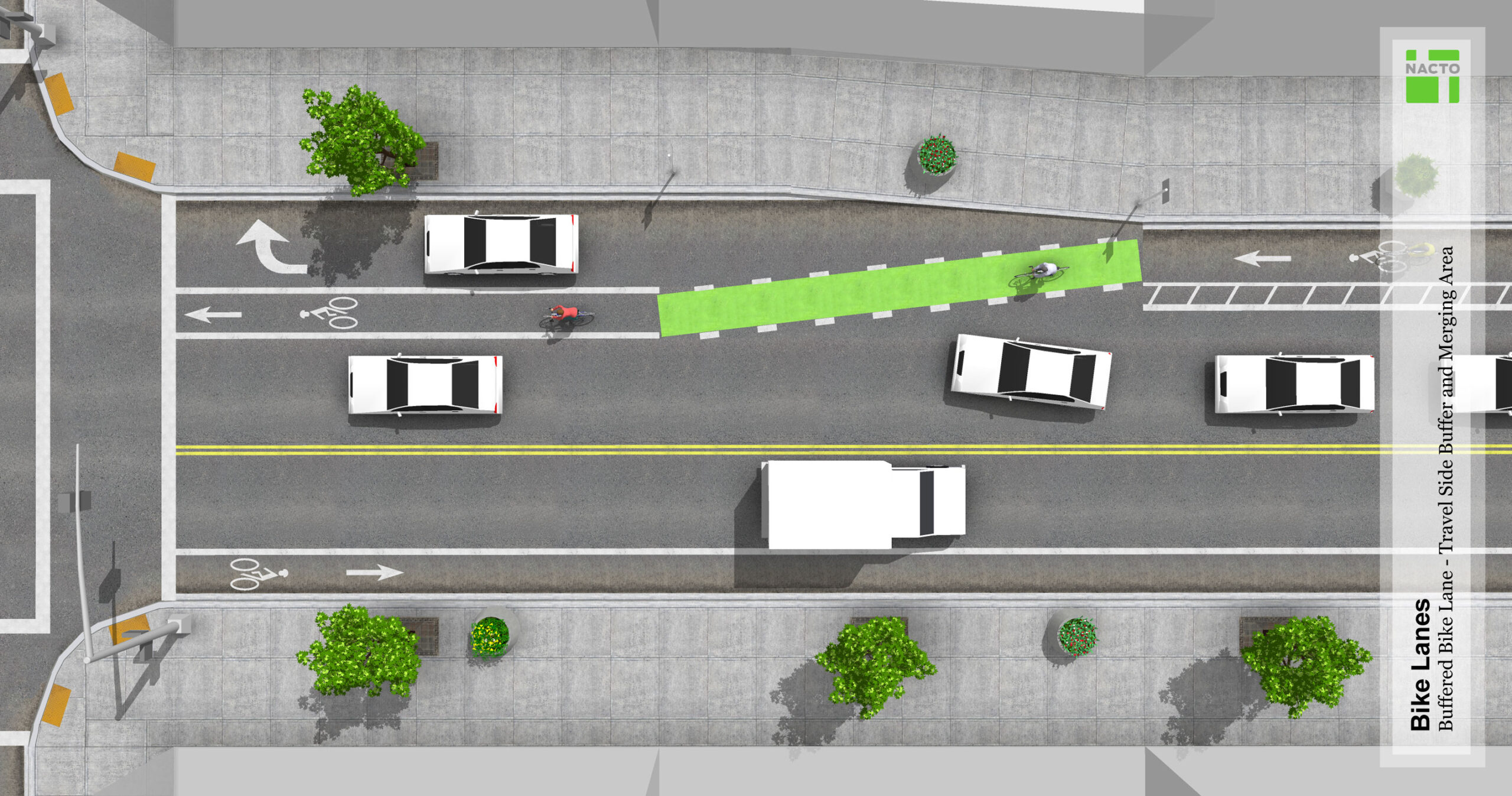Bicycle Pedestrian Advisory Committee (BPAC)
The CMPO Bicycle and Pedestrian Advisory Committee (BPAC) is an informal group of interested citizens, community officials and law enforcement committed to making the community more bicycle and pedestrian friendly. The committee provides recommendations to local jurisdictions and the CMPO. BPAC also facilitates bicycle and pedestrian safety education and outreach, such as Bike Week events.
Membership
BPAC is open to the public. The Committee is comprised of engaged citizens, representatives from Utah State University, Logan City, and other local jurisdictions. BPAC is chaired by the Cache County Regional Trail & Active Transportation Coordinator position.
Meetings
BPAC generally meets virtually or in-person at a preidentified location on the second Wednesday of each month at noon. Meetings are open the the public. Meeting times may be subject to change.
BPAC meeting information and virtual access is available via Cache County’s Trail & Active Transportation program calendar.
For more information call (435) 755-1646 or send an email to trails@cachecounty.org
Helpful Links
Sign up for BPAC list-serv and view previous communication here.
For more information about Cache County’s Trail & Active Transportation Program please visit this link.
Resources for trail and active transportation planning
- Small Town and Rural Design Guide
- Salt Lake County Bikeway Design
- Small Town and Rural Multimodal Networks
- National Association of City Transportation Officials (NACTO)
- Active Transportation Facilities in Canal Corridors, 2022 (Prepared for UDOT)
- Ten Questions (and Answers) about Winter Maintenance of Walkways and Bikeways, 2019
- The Congestion Con, 2020 (Transportation for America)
- The E-Bike Potential: Estimate the Effect of E-Bikes on Person Miles Travelled, 2019 (Transportation Research and Education Center)
- ADA Facility/Site Access Audit, 2019 (Logan City, Parks and Recreation Dept.)
- Elements of an Ideal Complete Streets Policy
Keep up with BPAC by following us on Facebook.

Bike Signing & Marking
Bikeway Signing and Marking encompasses any treatment or piece of infrastructure whose primary purpose is either to indicate the presence of a bicycle facility or to distinguish that facility for bicyclists, motorists, and pedestrians. Bicycle signage includes several sub-categories. These include way-finding and route signage, regulatory signage, and warning signage. Some bicycle specific signage exists to provide motorized traffic with information and instruction.
Bikeway markings represent any device applied onto the pavement surface and intended to designate a specific right-of-way, direction, potential conflict area, or route option. These markings must take into consideration the use of particular colors, materials, and designs, as well as the legibility of these elements for motorists and pedestrians. Markings may be used to augment a particular lane, intersection, or signal treatment. In all cases, markings must strive for a high level of visibility, instant identification, and take into account both motorist and bicyclist movements in relation to the marking placement.
Bike Box – Intersection Treatment
A bike box is a designated area at the head of a traffic lane at a signalized intersection that provides bicyclists with a safe and visible way to get ahead of queuing traffic during the red signal phase.
Typical Applications
- At signalized intersections with high volumes of bicycles and/or motor vehicles, especially those with frequent bicyclist left-turns and/or motorist right-turns.
- Where there may be right or left-turning conflicts between bicyclists and motorists.
- Where there is a desire to better accommodate left turning bicycle traffic.
- Where a left turn is required to follow a designated bike route, access a shared-use path, or when the bicycle lane moves to the left side of the street.
- When the dominant motor vehicle traffic flows right and bicycle traffic continues through (such as a Y intersection or access ramp).
Bike Lanes – Types
A Bike Lane is defined as a portion of the roadway that has been designated by striping, signage, and pavement markings for the preferential or exclusive use of bicyclists. Bike lanes enable bicyclists to ride at their preferred speed without interference from prevailing traffic conditions and facilitate predictable behavior and movements between bicyclists and motorists. A bike lane is distinguished from a cycle track in that it has no physical barrier (bollards, medians, raised curbs, etc.) that restricts the encroachment of motorized traffic. Conventional bike lanes run curbside when no parking is present, adjacent to parked cars on the right-hand side of the street or on the left-hand side of the street in specific situations. Bike lanes typically run in the same direction of traffic, though they may be configured in the contra-flow direction on low-traffic corridors necessary for the connectivity of a particular bicycle route.
The configuration of a bike lane requires a thorough consideration of existing traffic levels and behaviors, adequate safety buffers to protect bicyclists from parked and moving vehicles, and enforcement to prohibit motorized vehicle encroachment and double-parking. Bike Lanes may be distinguished using color, lane markings, signage, and intersection treatments.


